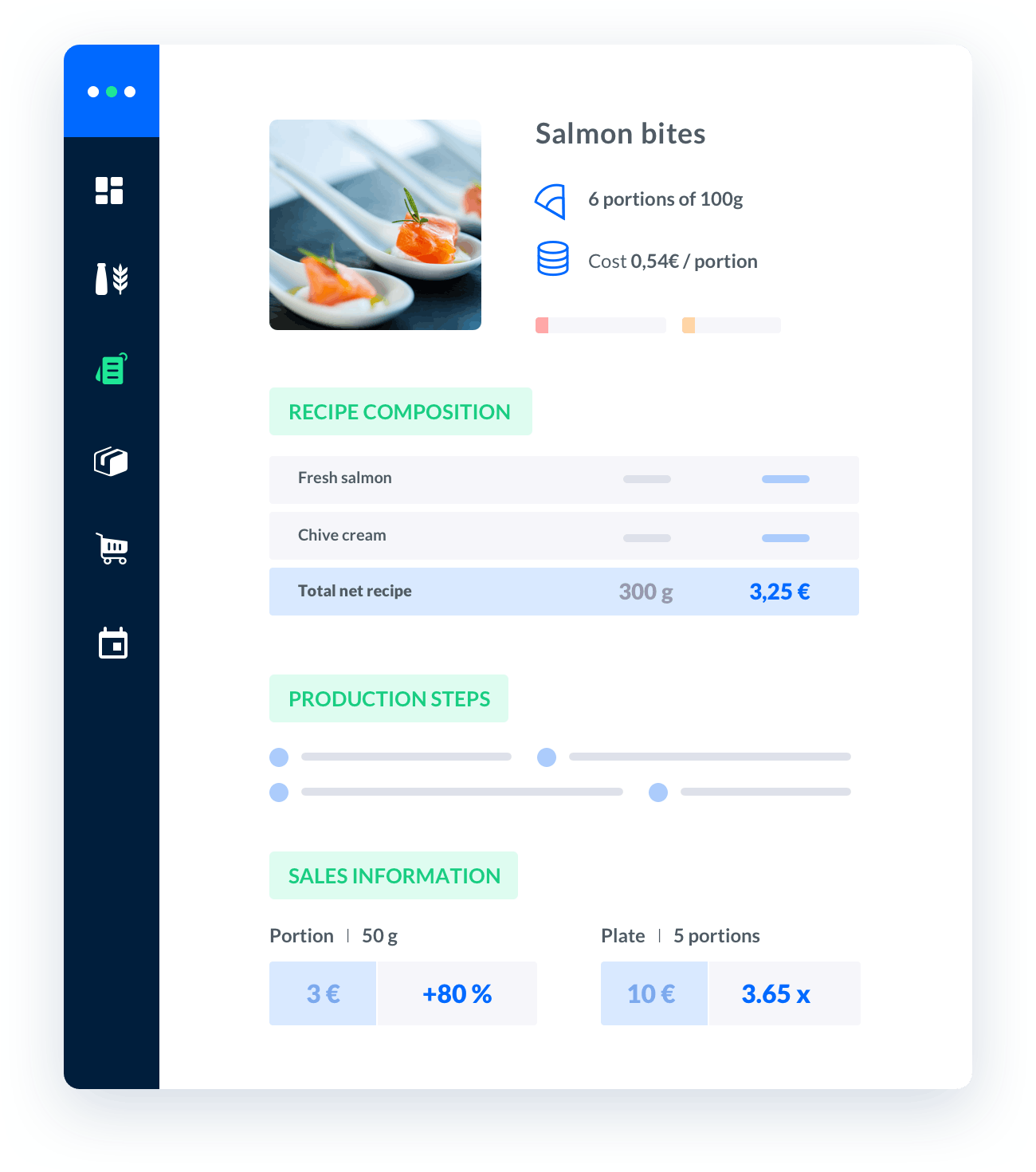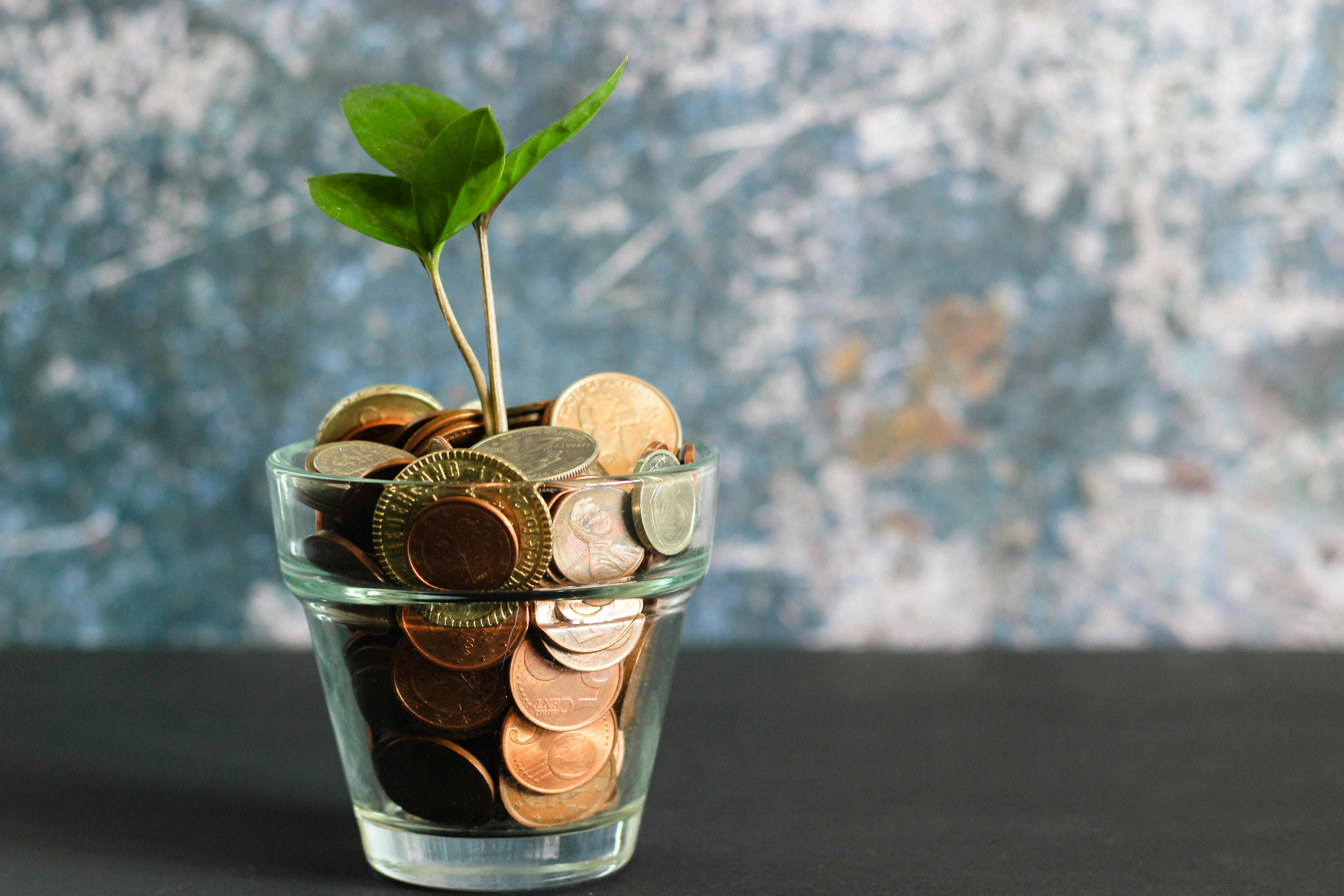beverage cost percentage calculator
Calculating the beverage cost percentage is an essential aspect of managing a catering business.By determining the percentage, you can effectively analyze the profitability and efficiency of your beverage operations.

Melba: the food cost app to optimize the profitability of your restaurant
Discover how to optimize the profitability of your restaurant with melba

The ultimate guide to food cost restaurant
Learn more about the food cost basis and how to reduce your food cost percentage
Calculating the beverage cost percentage is an essential aspect of managing a catering business. By determining the percentage, you can effectively analyze the profitability and efficiency of your beverage operations. This comprehensive guide will walk you through the process of calculating the beverage cost percentage, providing valuable insights and tips along the way.
Understanding Beverage Cost Percentage
Beverage cost percentage is a crucial metric that helps catering professionals evaluate the profitability of their beverage offerings. It represents the portion of revenue that is spent on purchasing and preparing beverages. By tracking this percentage, you can identify potential areas for cost optimization, improve pricing strategies, and ultimately enhance your business's bottom line.
Factors Affecting Beverage Cost Percentage
Several factors can influence the beverage cost percentage, including:
- The cost of ingredients: The prices of different beverages and their ingredients can vary significantly. For example, premium spirits tend to be more expensive than standard ones. By carefully analyzing ingredient costs, you can make informed decisions on pricing and menu offerings.
- Waste and spillage: Accurate measurement and control of beverage quantities can significantly impact the overall beverage cost percentage. Minimizing waste and spillage through proper training and monitoring can help maintain profitability.
- Inventory management: Efficient inventory management plays a crucial role in controlling beverage costs. Monitoring stock levels, implementing FIFO (first in, first out) practices, and minimizing excess inventory can positively impact the bottom line.
- Purchasing strategies: Negotiating better deals with suppliers and exploring bulk purchasing options can help reduce beverage costs. Regularly reviewing and adjusting your purchasing strategies can lead to significant savings.
Calculating Beverage Cost Percentage
To calculate the beverage cost percentage, follow these simple steps:
Step 1: Determine Total Beverage Costs
Start by calculating the total cost of all the beverages used during a specific period. This includes the cost of ingredients, mixers, garnishes, and any other beverage-related expenses.
Step 2: Calculate Beverage Sales Revenue
Next, determine the total revenue generated from beverage sales during the same period. This includes sales from individual beverages, cocktails, specialty drinks, and any other beverage offerings.
Step 3: Calculate Beverage Cost Percentage
Divide the total beverage costs (Step 1) by the total beverage sales revenue (Step 2) and multiply the result by 100. This will give you the beverage cost percentage.
Formula:
Beverage Cost Percentage = (Total Beverage Costs / Total Beverage Sales Revenue) x 100
Interpreting the Beverage Cost Percentage
Once you have calculated the beverage cost percentage, it's essential to analyze the results in the context of your overall business operations. Here are some guidelines to help you interpret the percentage:
Optimal Range
The optimal beverage cost percentage can vary depending on factors such as your business model, location, and target market. However, a general guideline is to aim for a beverage cost percentage between 20% and 30%. This range allows for profitability while accounting for overhead costs and other expenses.
Deviation Analysis
Regularly monitor and analyze your beverage cost percentage to identify any significant deviations. A sudden increase in the percentage may indicate rising ingredient costs, wastage issues, or inefficient inventory management. On the other hand, a significant decrease may suggest potential pricing or portioning problems.
Comparative Analysis
Comparing your beverage cost percentage with industry benchmarks can provide valuable insights. Research industry standards for businesses similar to yours and identify areas where improvements can be made. However, keep in mind that every business is unique, and direct comparisons may not always be accurate.
Tips for Reducing Beverage Costs
Here are some practical tips to help you reduce beverage costs and improve your overall profitability:
Menu Engineering
- Analyze your beverage menu and identify high-cost items with low-profit margins. Consider removing or modifying these items to optimize profitability.
- Highlight profitable beverages or specials to encourage customer preference towards higher-margin options.
- Regularly review and update your menu to reflect changing customer preferences and market trends.
Inventory Management
- Implement an efficient inventory management system to track stock levels, monitor usage patterns, and prevent excessive ordering.
- Train your staff on proper pouring techniques and portion control to minimize waste and spillage.
- Utilize technology solutions, such as inventory management software, to streamline the process and improve accuracy.
Purchasing Strategies
- Establish strong relationships with suppliers and negotiate favorable pricing and terms.
- Regularly review your supplier contracts and explore opportunities for bulk purchasing or strategic partnerships.
- Consider seasonal variations in ingredient availability and adjust your purchasing strategies accordingly.
Staff Training and Monitoring
- Provide comprehensive training to your staff on beverage cost management, portion control, and inventory monitoring.
- Implement regular performance reviews and incentivize staff members who contribute to cost-saving initiatives.
- Monitor and analyze key performance indicators, such as pour costs and wastage, to identify areas for improvement.
By implementing these tips and continuously monitoring your beverage cost percentage, you can optimize profitability, enhance customer satisfaction, and drive long-term success for your catering business.






